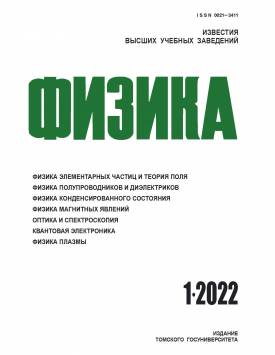On effective approximation of the power spectrum of the large structure of the Universe
The article is focused on statistical properties of spatial distribution of galaxies in the universe at scales exceeding 5 Mpc. The investigation aims to find an appropriate algorithm for modeling random realizations of ensembles The object of research is the statistical properties of the spatial distribution of galaxies on scales exceeding 5 Mpc. The aim of the study is to find a suitable algorithm for modeling random realizations of a statistical ensemble of such distributions, which makes it possible to move to remote regions of large scales with depleted statistics, and on the constructed model to test signs of the transition from correlated to uncorrelated (if any) regions of the Universe. Information about such a boundary, called in the work the horizon of independence, is a necessary component of the modern model of the world in the era of extra-atmospheric astronomy. The need to determine it is dictated not only by the natural desire to "look beyond the horizon", but also by the reliance on mutually distant parts of the Universe, practiced in observational astronomy, as independent realizations of one statistical ensemble, ensuring the representativeness of the sample. The research method is based on the use of the Zolotarev-Uchaikin spectral density approximation and the Markov chain built on its basis. Comparison with observational data demonstrates the high flexibility of the approximation and its potential effectiveness in solving the problem of the horizon of independence.
Keywords
correlation function, power spectrum, Markov chain, Uchaikin-Zolotarev approximationAuthors
| Name | Organization | |
| Uchaikin V.V. | Ulyanovsk State University | vuchaikin@gmail.com |
| Litvinov V.A. | Barnaul Law Institute | lva201011@yandex.ru |
| Kozhemiakina E.V. | Ulyanovsk State University | elvk@mail.ru |
References
